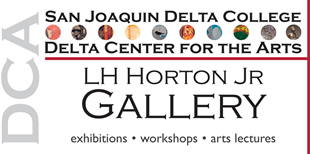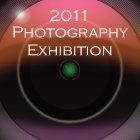
Portraiture
November 17 - December 14
Reception: November 17th 5 - 7pm
30 Images
by 15 Photographers
To view photographer's work, click on their name
To Purchase Photographs Visit or Email the Gallery
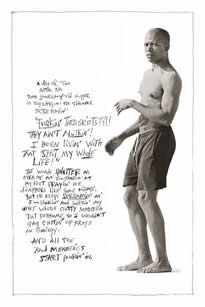
Best of Show
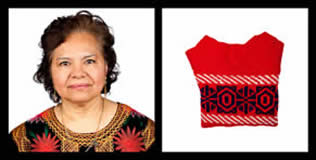
2nd Place
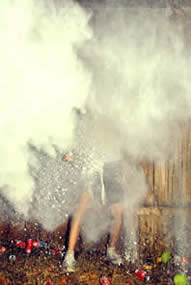
3rd Place
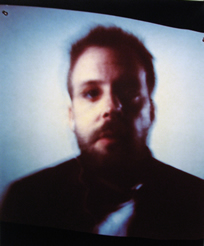
Chuck Mobley is San Francisco Camerawork's Associate Director of Exhibitions, Publications and Programs, and editor of SF Camerawork Publications. He has written for Art on Paper; Contemporary; Camerawork: A Journal of Photographic Arts; and Sculpture magazines, as well as SFMOMA's Open Space blog and Berkeley Art Museum's Blook blog, and recently contributed an essay to the monograph Signal Fires: El cine de Jem Cohen (Punto de Vista, 2010). He has curated (and co-curated) numerous exhibitions, including Traces of Life on the Thin Film of Longing; There is Always a Machine Between Us; Katsushig Nakahashi: The Depth of Memory; Past is an Image We Form in the Present; and I Feel From Iraq and Afghanistan. He is also a co-founder of Right Window, an artist and curator's project space in San Francisco's Mission District.
Though a large part of our experience of the world is increasingly dematerialized, galleries still exist and artists still produce physical works to fill them. As someone who works in a photography gallery, I get to see a lot of work and have discussions about process and ideas with artists on a regular basis. Having that privilege and experience makes judging a photography contest via a website with a few lo-res jpegs and limited information a very difficult scenario.
Given that circumstance what can be the criteria for judging? Discovering an original application of the contemporary world's most popular medium can happen but is such a rare occurrence that a search for that kind of originality is often fruitless. The work cannot be seen in person and therefore cannot be judged based on the technical proficiency of the print and presentation. Should the work be approached with an aesthetic yardstick and judgments based on formal elements and composition? Should work that best defines a specific genre be singled out? Are the artist's ideas, intent, and meaning manife3sted in a compelling visual form? Has the artist explored the boundaries of the medium or at the very least made work that is well conceived and executed (at least enough to translate in jpeg form)?
Perhaps the last question was the first in my mind when judging this specific photography contest. Here's why: each entry was accompanied by limited or, in many cases, no information (e.g.: artist statement or brief description, titles, dates, medium, etc). Also, it was a blind judging–meaning that artist's names were not included, each entry was numbered–so I could not research their work on my own. Though artist statements can often be oblique and titles intentionally false or misleading, contextual information, however basic, can be helpful in understanding what an artist has tried to achieve visually. After all, we experience the world not just through our senses or emotionally, but also intellectually with critical thinking.
